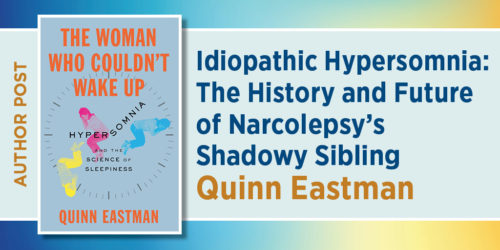Against Argument: A Posting from Stephen Burt
 Stephen Burt teaches in the English Department at Harvard University. He is most recently the author of The Forms of Youth: Twentieth-Century Poetry and Adolescence and is the author of three books of poems, including Parallel Play. Recent articles by Burt have appeared in the Times Literary Supplement and the London Review of Books. Some of his newest poems can be found at Diagram and reactions to new poetry in Drunken Boat.
Stephen Burt teaches in the English Department at Harvard University. He is most recently the author of The Forms of Youth: Twentieth-Century Poetry and Adolescence and is the author of three books of poems, including Parallel Play. Recent articles by Burt have appeared in the Times Literary Supplement and the London Review of Books. Some of his newest poems can be found at Diagram and reactions to new poetry in Drunken Boat.
The academy thrives on argument, at least in the traditional humanities: arguments get us noticed. Travel guides and scientific discoveries may both sell books, but to get attention within the realms of the arts and the humanities now, one almost has to make an extended argument: to take issue with some dominant view, to explain why what we already knew was wrong, or (especially in literary studies) to demonstrate some big connection between features within some literature, and features of history or (more rarely) philosophy or natural science outside it.
There’s nothing wrong with making extended arguments, of course, and I spend much of my time (at least during the school year) teaching our students how to do just that. Yet our sustained interest in arguments might be making us keep at arm’s length, or under a cloud, the reasons why we care for the arts at all, the smaller-scale features that distinguish works of art from one another, the features which help us explain (if it can be explained—can it?) why we care for this one, not that one.
Perhaps ten years ago I heard David Bromwich, himself known for tenacious arguments (there’s a fine one in the current London Review of Books), asked to discuss the place of arguments in the academy; he said, if I remember rightly, that we now overestimate the relative value of argument, and underestimate the act of description. Some of us write books and essays in order to make arguments, to demonstrate causal or logical connections; others are happy to pursue such connections, but want primarily to describe: the causes and correlations that interest us most lie not between phenomena outside literature and phenomena inside it, but between the words and lines in a poem, or the shapes on a page.
That kind of description, even for people who prefer to make big arguments, is a prerequisite for those arguments to made responsibly and usefully when their domain includes works of art: those of us who follow both older kinds of art well-treated within the academy (e.g. written poetry in English) and newer kinds that have yet to find secure homes there (e.g. contemporary orature, performance-based genres, comics and graphic novels) have had the odd experience of seeing “close reading” and structural analysis attacked by would-be authority figures who cover the older kinds, even as close attention to how works of art are made, and what happens “inside” them, are ever more in demand as regards the newer kinds.
Ten years ago twentysomethings in top graduate programs were being taught (wrongly) to look down on an influential book called Understanding Poetry even as they were reading, and recommending (rightly), a then-new book called Understanding Comics, a book (itself in comics form) that remains the foundation for the arguments about that art form advanced by groups like the Michigan Comix Collective.
Things in the study of poetry are better now: the voices of opposition to the study of poetic craft has receded, a bit, in part because (by and large) the people who like it, and the people who don’t like it so much, have realized that “language poetry” and “innovative poetry” are—at their most interesting—kinds of poetry after all. And yet those of us who write about poetry—who write about poetry at length, who write books about it—may still wish, as we write, that our audiences would reward, more often and more consistently, a narrower frame.
As I was finishing up The Forms of Youth (out now from Columbia!), I was trying to say how and why the poets discussed there invented their sets of styles in response (well, partly in response) to changing ideas about adolescence. In writing, I found myself repeatedly, even painfully, aware of how much else was going on within each poem. You can’t, I think, say how Robert Lowell’s “1930s” sonnets, or Laura Kasischke’s latest book Lilies Without, or Basil Bunting’s Briggflatts, work without saying something about adolescence (at least, that’s the argument I try to make): but to say just why those poets wrote so memorably, just what’s working even in individual lines (“Words are too light./ Take a chisel to write!”; “Today I saw a girl who was/ The girl I was”; “Two burnt-out, pinhead, black and popping eyes”)—just to say what goes on inside one poem, to explain where its strands of implication lead, is a task of description, more than a job of argument—and an undertaking that works of art deserve.
1 Response
Leave a Reply to Greg Grummer Cancel reply
You must be logged in to post a comment.








I’m all for and against argument. Then there are the further commentary of dreams. Just as I neither would or wouldn’t try and talk Einstein out of his tendency to thought experiment, as opposed to rolling thunder.